The Mediterranean is surrounded by over 20 countries each of which claim ownership over its nearby sea. To try and prevent over fishing and other pressures, many countries have set up protected areas. Jessica Edwards talks to Prof. Patrick J. Schembri who leads the Marine Ecology Research Group (Department of Biology) to find out how all of these areas are being linked to protect the Mediterranean Sea from the threats it faces.
 Mediterranean Sea is small as seas go, but it has just over one in 20 of all of the world’s species. Each year 1.5–1.7 million tonnes of fish and other commercially important species are caught, making it vitally important for the countries that surround it and for the organisms and habitats that inhabit it. Throughout the years countries have delimited areas of the sea as marine protected areas that restrict human activity to try and preserve the regions.
Mediterranean Sea is small as seas go, but it has just over one in 20 of all of the world’s species. Each year 1.5–1.7 million tonnes of fish and other commercially important species are caught, making it vitally important for the countries that surround it and for the organisms and habitats that inhabit it. Throughout the years countries have delimited areas of the sea as marine protected areas that restrict human activity to try and preserve the regions.
These areas were set up independently of each other. This approach missed the fact that the Mediterranean’s waterways, commerce, and culture are all linked. The sea itself is connected to other seas and oceans. This is where Prof. Patrick J. Schembri and his research team come into play; they are taking part in a project called CoCoNet. The project aims to identify which marine protected areas can be linked and which new ones can be delinated to create a whole network spanning the Mediterranean and Black Sea.
Seeing the Bigger Picture
The different regions are like a jigsaw. Different parts of the sea are naturally connected, but since each country owns its own patch, the sea has been split into areas with political rather than ecological boundaries. Now the ecological jigsaw is being put back together. This project connects each of these areas to form a network leading to more effective environmental management.
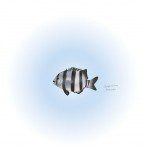
The Mediterranean Sea is connected to several other bodies of water. The sea is linked to the Atlantic Ocean through the Strait of Gibraltar and to the Black Sea through the Dardanelles. Apart from these, there is also the Suez Canal, a man-made canal opened in 1869, linking the Mediterranean and Red Sea.
Opening the Suez Canal had commercial and biological consequences. The increased commerce upped the accidental transportation of species into the Mediterranean. Species normally faced with a geographical barrier were now being transported into the Mediterranean. Nowadays transport has increased to 15% of the global shipping activities and 90% of the total oil traffic. Most of these ships pass by Malta, which is at the centre of the Mediterranean’s shipping lanes that ironically make it an ideal place to monitor the effect of the canal. This role will only increase with the widened New Suez Canal which has just opened, adding a second shipping lane that will increase the introduction of species.
The networks are based on connections. Take a fish that is threatened and lives in a marine protected area; if its population is replenished from a population someplace else, both areas must also be protected to safeguard that fish. Two areas may be linked by food supply; if this fish feeds off plankton then areas that are important for the production of this plankton also need to be protected. Plankton are mostly microscopic organisms that travel on water currents. Currents flowing into and through the Mediterranean keep the sea alive. Different types of water currents transport nutrients, salt, larvae, food, and also help keep water temperatures stable. These materials are not only transferred to different sides of the Mediterranean, but deep sea currents allow for transportation of nutrients, food, and so on from the surface to the sea bed (downwelling currents) and vice versa (upwelling currents). This ties the Mediterranean to the Atlantic and the Black Sea.
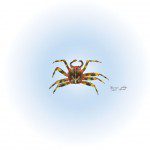
Malta is contributing to CoCoNet by providing information on its marine protected areas: the threats they face, why they were declared, how researchers think they will be affected in the future and, Schembri adds, ‘on the whole island and [its] marine habitats’. His team has been studying these areas for decades which has revealed a worrying trend.
A warmer Mediterranean
The Mediterranean has been invaded. There are two types of ‘invaders’: alien species and other ‘newcomers’. An alien species is one brought to a place by human activity. ‘Now what we’re seeing are species coming from the Red Sea, passing through the Suez Canal. They establish themselves in the Eastern Mediterranean, but because the sea is warming up they are now moving towards the central Mediterranean and Western basin,’ explains Schembri. The rayed Erythrean mussel Brachidontes pharaonis is a good example of an alien species which entered through the Suez Canal. It occupied space on the shore, which native species, such as the Dwarf muscle Mytilaster minimus, also need, reducing their numbers.
“A warmer Mediterranean means that warm water species that live in the Atlantic’s warmer regions are starting to cross over.”
Newcomer species are different. They are also new to an area, but unlike with alien species, humans were not involved in their transportation. A warmer Mediterranean means that warm water species that live in the Atlantic’s warmer regions are starting to cross over. Due to warmer waters, the temperature barrier that previously prevented these species from entering the Mediterranean is now gone. Warm water species travel up the west coast of Africa, through the Strait of Gibraltar and into the western Mediterranean. These also travel all the way to the warmer Eastern Mediterranean. The spotted sea hare Aplysia dactylomela is an example of a newcomer species that entered through the Strait of Gibraltar that naturally expanded from the Atlantic into the Mediterranean through the Strait of Gibraltar. This organism grazes on algae on the sea floor but because of lack of studies its effect on the ecosystem is unknown.
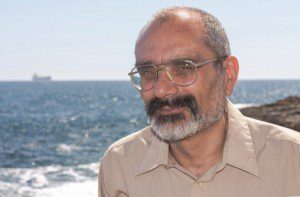
Tropical Signals is a different international project monitoring these changes. Human-caused climate change is resulting in profound changes; if the atmosphere warms up the sea warms up with it. The study (run by the Mediterranean Science Commission, CIESM [Commission Internationale pour l’Exploration Scientifique de la Mer Méditerranée]) needs to be continued for many years in order for these slow but important changes to be identified. It is projected to run for the next 20-25 years. This project has two parts: firstly to coordinate monitoring of marine habitat changes around the Mediterranean and have researchers use the same protocol throughout the network. This part’s ‘importance comes out when we combine [all of the data] together’, which leads to the project’s second part: analysing the collected data and integrating each country’s data into one big picture. At this point patterns can be observed, especially for information older than five to six years.
‘We are seeing patterns locally [in Malta].’ Species that were rare when Schembri and his research team started the project are now becoming common. These species may also become common in other parts of the Mediterranean, which is why data needs to be compared to that of other countries, for these trends to be seen and so what is happening can be understood. There are other reasons for species becoming common apart from environmental changes. Over-fishing, development, or pollution can also lead to species explosions or reductions. An example is jellyfish. Species like the Purple Stinger Pelagia noctiluca, and the Mediterranean Box jellyfish Carybdea marsupialis that rarely appeared in Malta now do so frequently and in much larger numbers. Unfortunately not all marine species are becoming common with many now being threatened.
Invading problems
A changing environment and human activity have brought a number of non-native species to the Maltese Islands. These new species tend to eat, be eaten, or compete for the same resources as the native (indigenous) species already there. Two excellent examples are the Sally Lightfoot crab Percnon gibbesi and the bed-forming mussel Brachidontes pharaonis. New species settling in the Mediterranean are usually worrying to ecologists since these species may reduce the populations of existing species, thus reducing biodiversity. Biodiversity is the variety of life in all its forms found in an area. Two species that need the same resources cannot occupy the same area; if they do, they will begin to compete with each other for food and/or space, and as in any game, there is a winner and loser. The species that ‘loses’ will either die off, or be forced to find another area to inhabit. This is what causes the loss in biodiversity.
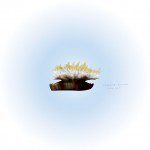
Malta has not seen any direct loss in native species because of competition with non-native species. Researchers suspect indirect decreases in population number, but this information is uncertain. The Red Sea Mussel Brachidontes pharaonis is a species that was introduced following the opening of the Suez Canal. It now forms mussel beds on some shores. These beds change the types and abundance of species because of the space the beds occupy, changing the environment, but species loss is undocumented.
The native species does not always lose. Sometimes the different species manage to live together. The Sally Lightfoot crab Percnon gibbesi does not compete with the very aggressive native shore crab, Pachygrapsus marmoratus, it ended up inhabiting zones near the shore which no other crab species lived in. Up until January 2015, 61 alien species have been confirmed in Maltese waters, half of which have established breeding populations. Most are molluscs, fish, crustaceans and large seaweeds.
“Our quest to discover what lies within the Mediterranean Sea will continue, but the changes facing the sea will not stop. “
Maltese marine research faces many challenges. The main problem is a lack of scientists; a small group of people cannot study all the sea around the Islands. As Schembri indicates, ‘we have a very limited understanding of the marine environment. Every day we find something new and interesting through the surveys that we are carrying out. We know quite a bit about the coast, sea grass, and things like that but as soon as you go a bit further away [our knowledge suddenly decreases].’ These researchers need more people to cover the whole area to better understand the effect new species have on the environment.
Our quest to discover what lies within the Mediterranean Sea will continue, but the changes facing the sea will not stop. The increase in water temperature will continue to alter the distribution of species, while a newly expanded Suez Canal will increase marine traffic that will bring in new species. Both projects that Schembri’s research group is participating in allow for a better understanding of the Mediterranean and will help in protecting present habitats and species. Such knowledge helps the identification of future invaders. These protection programmes are what will sustain our sea’s biodiversity and prevent economic harm.
CoCoNet is a €9 million collaborative project that brings together 39 partner institutions from 22 different countries and is funded by the OCEAN.2011-4 theme of the European Union’s Seventh Framework Programme.

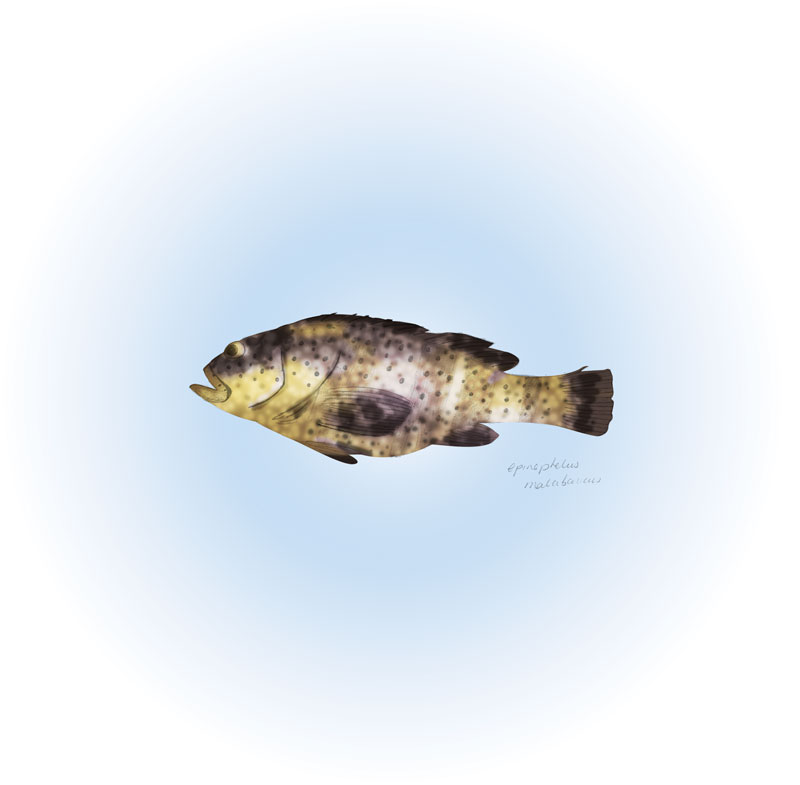



Comments are closed for this article!